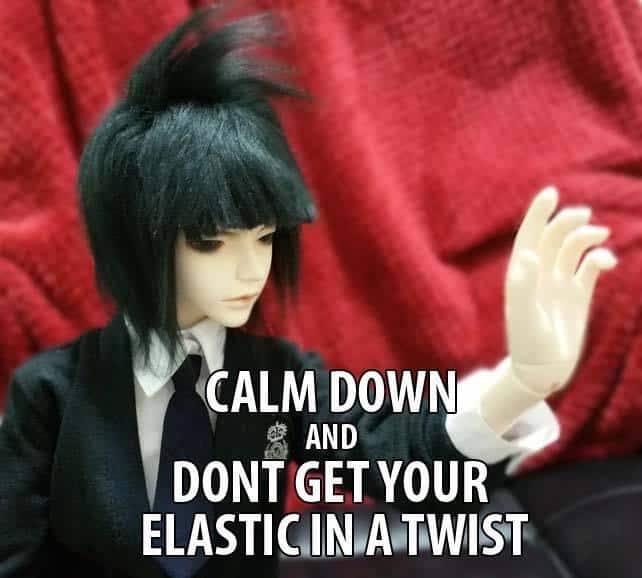
Embark on a fascinating exploration as we dive deep into the intriguing world of BJD yellowing.
While the inevitable yellowing of resin dolls may initially sound discouraging, it’s crucial to separate fact from fiction.
In this enlightening journey, we will unravel the mysteries surrounding yellowing, dispel common myths, and provide you with a comprehensive understanding of this natural occurrence. Get ready to gain valuable insights and embrace the beauty of your beloved BJDs, regardless of their evolving hues.
| Key Takeaway | Summary |
|---|---|
| Yellowing is a natural occurrence | BJD yellowing happens as the color pigments in resin break down and fade over time. |
| Yellowing doesn’t necessarily mean damage | Yellowing is not equivalent to damage; it is similar to a farmer’s tan and doesn’t affect the structural integrity of the doll. |
| Preventing yellowing is possible | While yellowing can’t be fully eliminated, you can delay the process by taking precautions such as protecting dolls from sunlight and avoiding cool UV exposure. |
| Remedies for reducing yellowing | Methods like toothpaste and baking soda scrub, oxyclean, and fine sanding can help reduce the yellow color on resin dolls. |
| Different factors affect yellowing | Factors like resin quality, oxide exposure to UV rays, and cigarette smoke can influence the speed and prominence of yellowing. |
Related/Helpful Articles:
https://bjdlife.com/bjdsandsealants/
https://bjdlife.com/how-to-display-your-bjds/
What is BJD Yellowing?
The term BJD yellowing refers to when resin dolls start to turn yellow. No matter what light they are in – direct sunlight, indirect light, or indoor lighting – they all have an effect on the pigment and turn various stages of yellow over time.
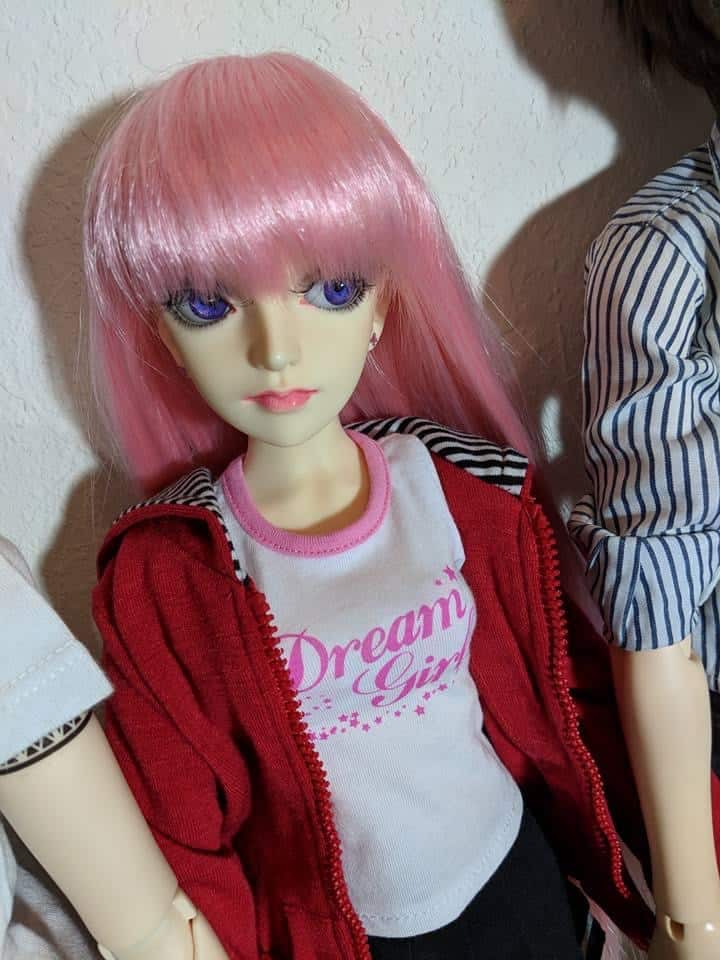
But why do BJDs yellow? The reason behind yellowing is that as time goes by, color pigments in resin begin to break down and fade. But yellow pigment is the exception – it doesn’t fade. On the contrary, as all other color pigments fade away, yellow pigment starts to show brighter.
You may also hear the term “mellow”, which isn’t the same as yellowing, but some people confuse the two. Unlike yellowing, mellowing refers to when resin changes in color as they oxidize, especially the ones that have a red or pinkish tint. Over time, they can mellow and lose the red tint.
Myths of BJD Yellowing
Myth #1: “Yellowing Constitutes Damage”
Some people perceive a yellowed BJD as a damaged one. When in fact, yellowing doesn’t necessarily constitute damage. Most of the time, yellowing is equivalent to a farmer’s tan.
Myth #2: “BJD Yellowing Cannot Be Prevented”
This is one of the most common myths that I’ve heard in the BJD hobby. In fact, this myth is a mix of myth and reality. While BJD yellowing can’t be fully eliminated, you can totally delay the process and prevent your BJD from yellowing as quickly.
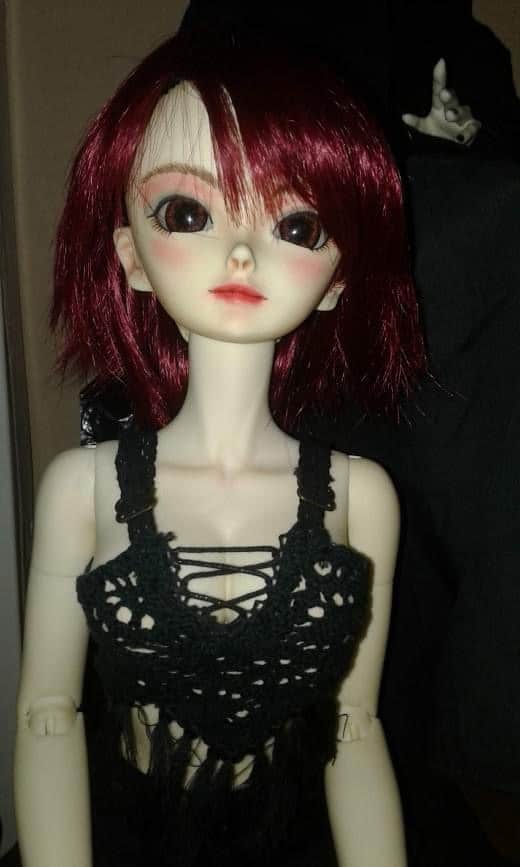
Myth #3: “Once Your BJD is Yellowed, You Can’t Make it Right”
Yellowing might be a terrific event, especially if you’re experiencing it for the first time. But contrary to the myth not all hope is lost, there are some things you can do to lessen the yellow color on your resin doll.
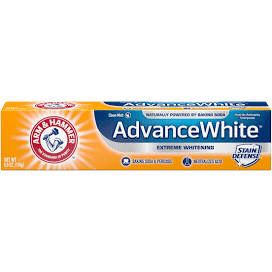
For example, you can give toothpaste and baking soda scrub. Others have used oxyclean. Some now are using a very fine sanding block and sanding away at the doll to remove the yellow. Whatever method you choose just do your research and understand the modifications and possible outcomes that can occur.
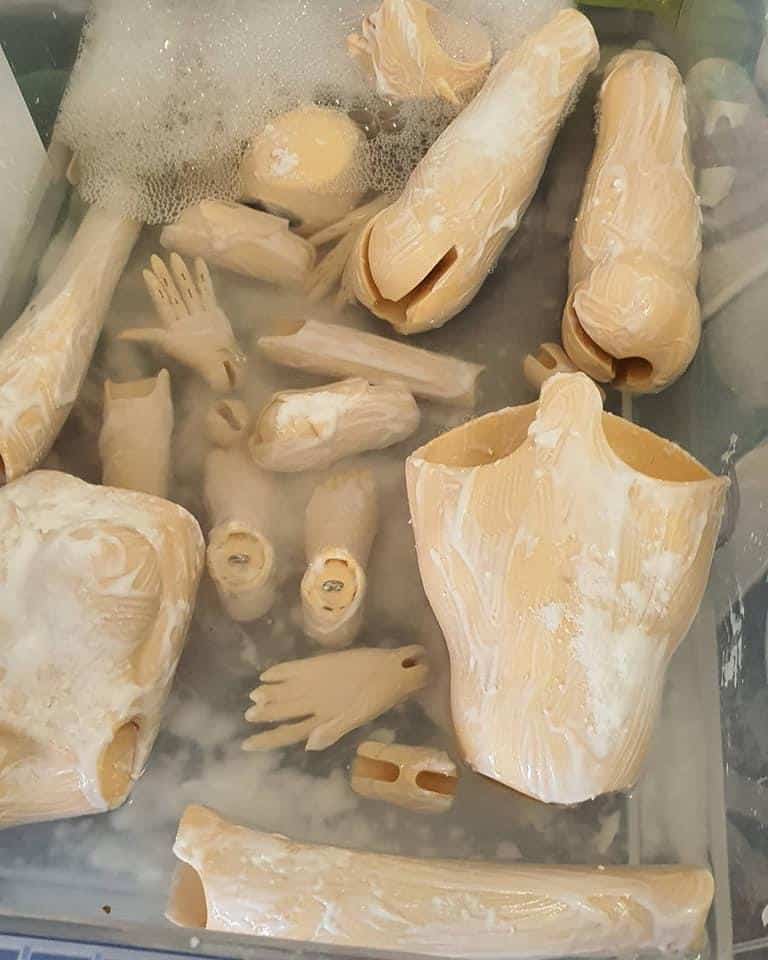
There is also another method called the de-zombification serum. People mix in pink Rit dye and water to restore those red pigments that are lost from the resin. People talk about mixed results and others seem to really have great experiences.
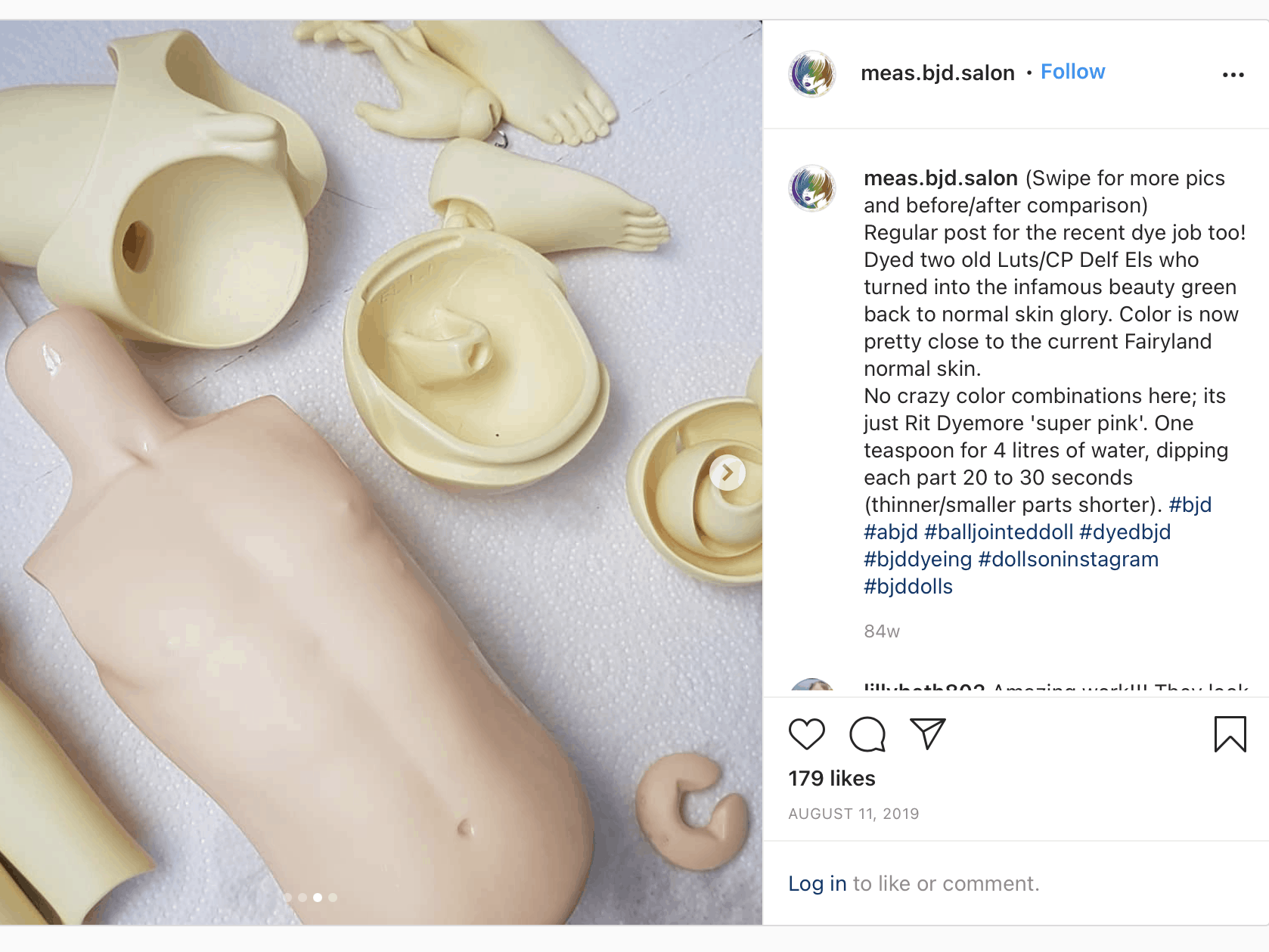
Myth #4: “Sunlight is the Only Enemy to Resin Dolls”
While many people think that sunlight is the only enemy of your resin BJD, there are othing dangers to consider. In fact, another enemy of your doll is a “cool UV”, which is found in camera flashes.
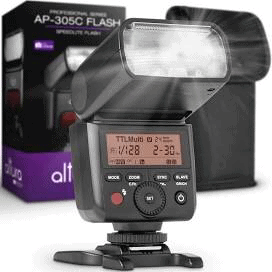
What’s worse, the UV content in a single flash is a highly concentrated dose. Therefore, it can give off almost 500 times the normal dose of “cool UV” from sunlight in five minutes. It only takes 5 minutes for your doll to be exposed to the “cool UV” to start the discoloration process.
The science behind this is that “cool UV” comes with no heat resulting in it catching the oxides and dioxides in a sleeping state, releasing the shading properties immediately.
Facts of BJD Yellowing
Now that I’ve uncovered some of the most common BJD yellowing myths, let me explain some technical facts.
1. Resin is a Different Type of Plastic
While resin is a type of plastic, a resin BJD differs from an average vinyl Barbie in many ways. The resin that is used in a BJD consists of resin fiber and polyvinyl ether/polyester/epoxy. If the doll had more resin fiber, it would be less vulnerable to yellowing but it would also become stronger and therefore harder to mold. That’s why it’s important to have the polyvinyl ether mixed in it to get the smoother material that allows easier molding, sanding, and surface handling.
2. Oxides are the Reason BJD Yellows
In order to enable bonding through high temperature, the resin needs to contain heat-resisting compounds, such as “oxides” and “dioxides”. While these two compounds are necessary to include in the resin mixture, they are also the main reason why our BJDs turn yellow.

Do you wonder how?
Generally, oxides react to heat, forming a stable fusion during fixing. In most cases, oxides consist of metal and carbon pigments and although they exist in microscopic volumes, their characteristics are visible in our dolls – they give the resin certain color.
3. Oxide Exposure to UV Rays
Ultraviolet rays are the worst enemy of oxides because oxides absorb the UV rays causing the resin to turn dark.
What’s more, sun rays make oxides “busy” slowing down the reaction to the shading. However, in the long run, resin loses its natural surface, getting a dull brownish shade. Plus, this reaction also makes the resin more vulnerable to our natural body oil, which is transferred by touch, or from the environment.
4. Yellowing Can Occur Faster/ Be Prominent in High-quality Resin
Metal or carbon oxides are rare and therefore aren’t cheap. That’s the reason why yellowing varies from doll to doll. I have some dolls in my collection I have owned already for 10 years and they do not look nearly as yellowed as others. It all boils down to the quality of resin.
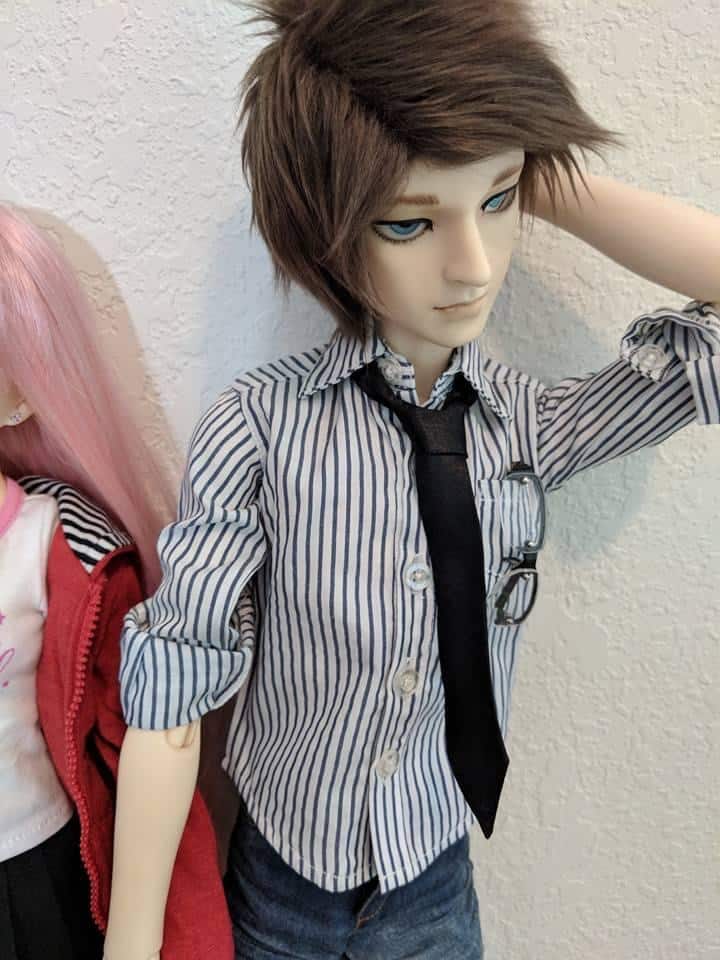
5. Cigarette Smoke Yellows the Resin
It probably won’t come as a surprise that cigarette smoke yellows the resin, because it clings to everything it touches. Cigarettes yellow your teeth and the walls of your house, and BJDs aren’t the exception. So if you or anyone in the house is smoking, you’d probably need to consider smoking outside to keep your dolls away from smoke exposure.
Luckily, there are some tips and tricks you can use to prevent your BJD from yellowing. Or at least delay the process and have your beautiful doll looking at its best for as long as possible. So whether you’re a BJD creator or a collector who owns resin dolls, it is important to know what yellowing is and how it can effect your dolls.
Is Yellowing the End?
Yellowing is an inevitable thing that will happen to all resin dolls. I don’t think that is the end of the world once your doll yellows. I think what also helps is that it happens over such a slow and gradual amount of time. You can still love your dollies, even if they turn a slightly different color.
Research links:
- https://bjdadvice.tumblr.com/post/126889006647/yo-so-ive-just-heard-about-yellowing-of-bjds
- https://manikamanila.livejournal.com/332154.html
- https://thestandmag.com/news/resin-yellowing-the-hows-and-whys-and-what-you-can-do-about-it
Recent Posts
Come join my BJD Newsletter where you will learn about new dolls coming out, BJD doll sales, and artist highlights! There will also be other BJD goodies just for you!
When to Restring: Recognizing Signs Your BJD Needs a Tune-Up
Learn how to recognize signs your BJD needs a tune-up and restringing process. Maintain your doll's stringing for longer life with this step-by-step guide.
